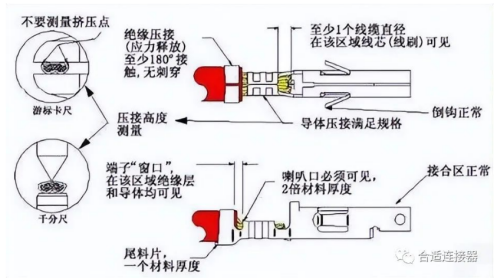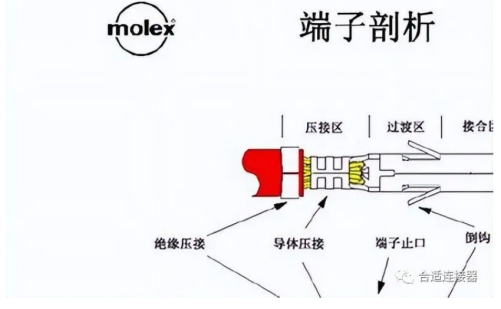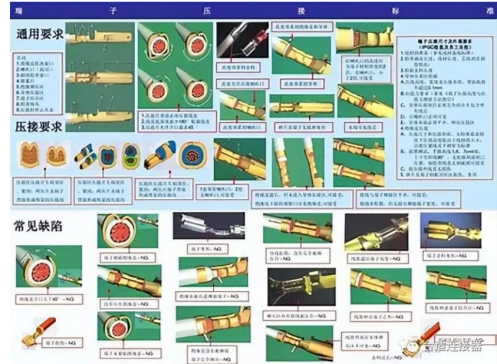

Date:2022-12-02 Click:585 Source:Wanlian Connector

The form of contact is divided into point contact, line contact, and surface contact. The effect of the face contact is the best, and the contact resistance is the least. The impact of contact resistance on the contact resistance is related to contact pressure. When the contact pressure is small, the effect of face contact may not be a bit good, because the pressure is equal to the pressure except for the area p/s. The area of the face contact is larger than the point contact, so the pressure on the face contact is small, and it is difficult to destroy the membrane layer on the contact surface to reach the contact with metal and metal.
Contact pressure has an important impact on contact resistance. When the contact pressure is large enough, the plastic deformation of the material will increase the contact area of the conductor, which increases the contact area and the shrinkage resistance is reduced accordingly. Therefore, increasing contact pressure can reduce contact resistance, but does not mean that in order to reduce the contact resistance infinitely, the contact pressure can be increased infinitely.
The number of micro -peaks on the surface of contact is fixed. After the pressure increases, the number of micro -peaks is reduced, while reducing the chance of flattening and generating new contact spots on the surface of contact spots. Therefore, after the contact pressure increases to a certain degree, the reduction of contact resistance is not obvious.

Temperature refers to the increase in the hardness of the material at the same time when the contact point of the contact point increases, the hardness of the material will decrease, resulting in an increase in contact area, increased contact point, the contact area will increase the contact resistance. The resistance is reduced, and the result is that the contact resistance changes less. However, when the contact point current exceeds the short -circuit current, the temperature will rise sharply, the contact surface is rapidly oxidized, and the membrane layer resistance increases, resulting in higher temperature and forming a vicious circle.
The smoothness of the contact surface refers to the roughness of the contact surface. The smaller the more smooth surface contact resistance is. Generally speaking, the contact resistance of the smooth surface is relatively stable, but it may be greater than the relatively rough contact surface contact resistance.
The plating layer refers to the membrane layer on the surface of the metal surface. The electroplating layer on the surface is to reduce the contact resistance. The plating layer can use precious metals with high conductivity or ordinary metals that are not easy to oxidize to protect the surface of the contacts from the external environment and oxidation.

"connector", "terminal block", and "connector" are different forms of application that belong to the same concept, and are commonly referred to according to different practical applications.
Terminal refers to a type of connecting component in electronic and electrical components, which connects conductors to receiving terminals in equipment or cables. Usually includes a set of metal bars that can provide wire connections for input, output, power, and ground. Due to its crucial role in circuit connections, it has a wide range of applications.
Connectors are important components in electronic devices, mainly used to connect different parts of electronic devices. Its working principle is to connect the wires in two electronic devices together, allowing electrons in the electronic devices to circulate between the two devices.
The connector is a component that our electronic engineering technicians often come into contact with; Its function is very simple: to establish a communication bridge between blocked or isolated circuits in the circuit, allowing current to flow and enabling the circuit to achieve its intended function.